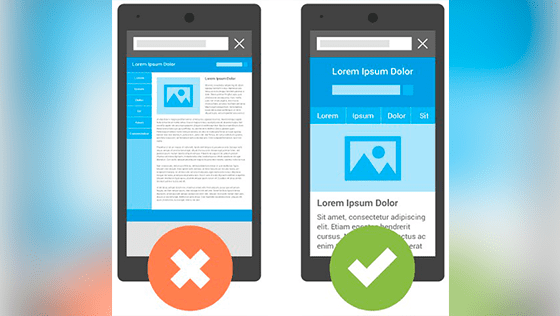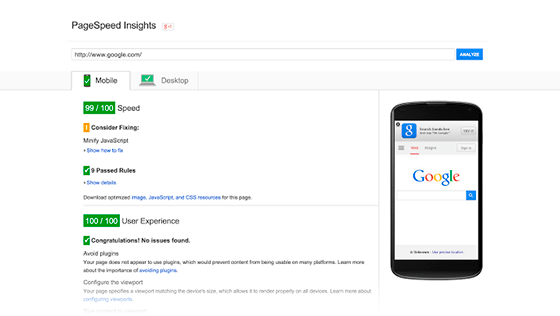In 2017, there’s been a lot of speculation on the value of technical SEO. It was called makeup; some of it was announced dead; in any case, it was breathed life into back smoothly and convincingly with remarkable cases of specialized SEO tactics resulting in major traffic boosts.
Check Indexing
Start with the number of your website’s pages that are indexed by search engines. You can check this by entering site: domain.com in your target search engine like Google.com or by using an SEO crawler like https://www.screamingfrog.co.uk
Ensure important pages are crawlable.
Keep in mind that Google is currently ready to render pages like present-day browsers do; that is the reason in 2018, it's important that your pages, as well as a wide range of resources, (for example, CSS and JavaScript) are crawlable. In the event that your CSS records are shut from ordering, Google won't see pages the way they're proposed to look (and almost certainly, their homely form will be a UX disaster). Likewise, if your JS isn't crawlable, Google won't index any of your site's dynamically generated content.
Audit Internal Links.
A shallow, logical site structure is the essence of incredible UX and crawlability; interior connecting likewise helps spread positioning force (or PageRank) around pages all the more effective.
Review your sitemap.
You already know how critical sitemaps are. They enlighten web search tools regarding your website structure and let them find new content faster. There are a few criteria to check your sitemaps against:
Your XML sitemap should be updated whenever new content is added to your site.
Keep your sitemap free from junk (4XX pages, non-authoritative pages, diverted URLs, and pages obstructed from ordering) — else, you may risk having the sitemap ignored by the search engine totally. Make sure to frequently check your sitemap for errors right in Google Search Console, under Crawl > Sitemaps.
Google limits its sitemap crawls to 50,000 URLs. Preferably, you should keep it considerably shorter than that with the goal that your essential pages get slithered all the more much of the time. Many SEOs point out that reducing the number of URLs in sitemaps helps more effective crawls.
Mobile-Friendly Test
Test your web pages for mobile friendliness with Google's own Mobile-Friendly Test Tool (https://search.google.com/test/mobile-friendly).
Run comprehensive audits of your mobile site
Track mobile rankings.
Improve Page Speed
Page speed isn’t just one of Google’s top priorities for 2018, it's likewise its positioning sign. You can test your pages' heap time with Google's own PageSpeed Insights Tool( https://developers.google.com/speed/pagespeed/insights/ ). It can require a long time to physically enter all your pages' URLs to check for speed, so you might need to utilize WebSite Auditor for the task.















